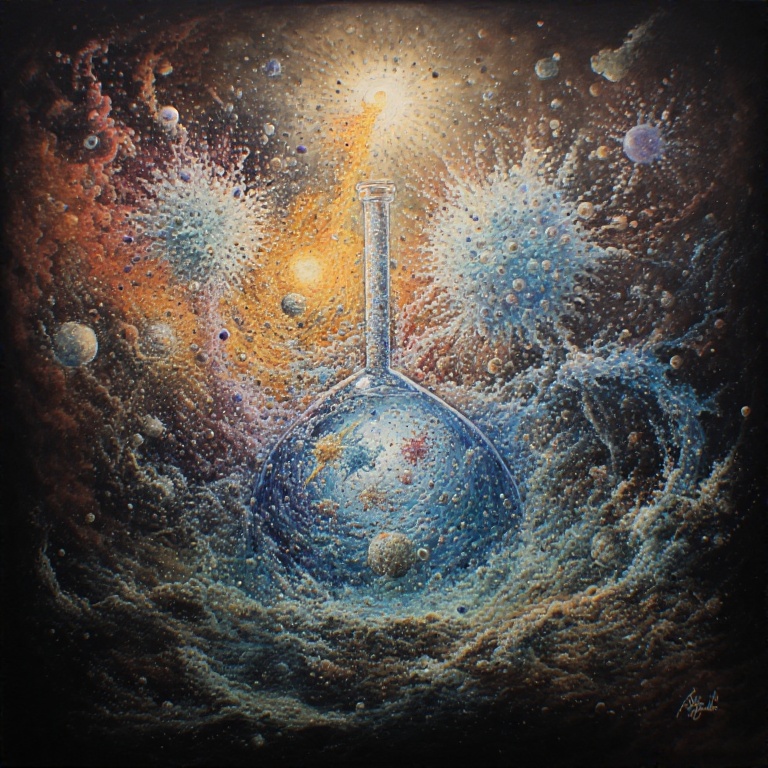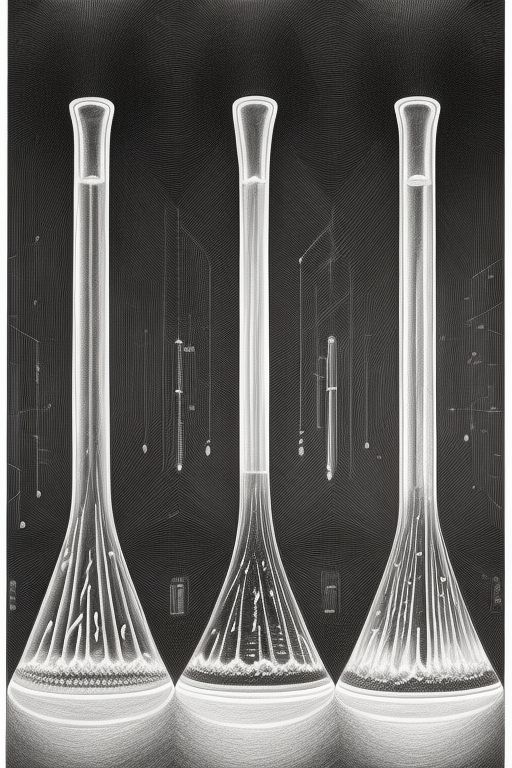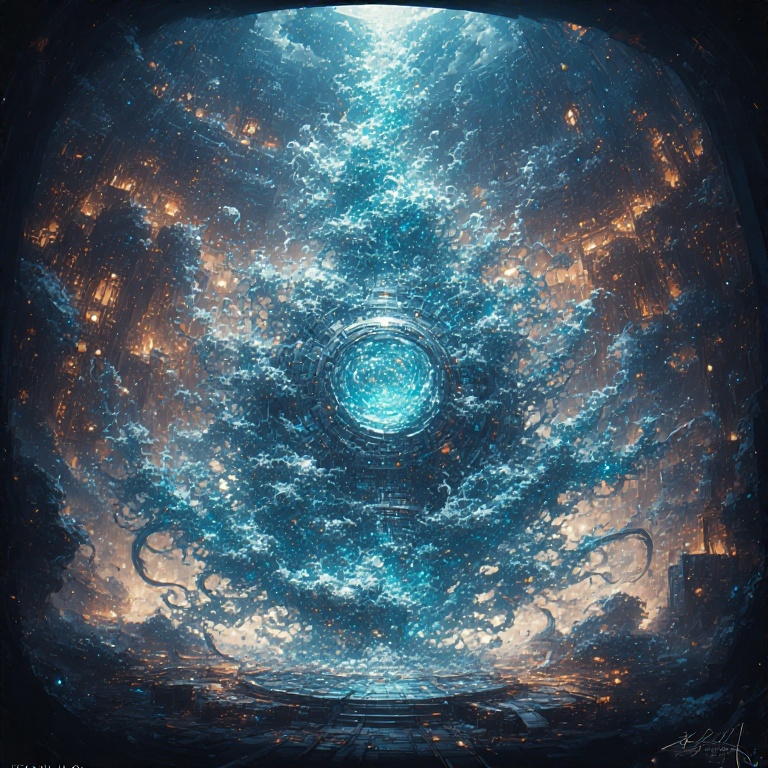


What is hypochlorous acid?
Hypochlorous acid (HOCl) is a chlorine based sanitizing solution. It is one of the most underrated and high-impact preps you can have. To clarify, HOCl is not bleach, even though both contain chlorine. Bleach (sodium hypochlorite) is harsh, toxic, and alkaline, while HOCl is gentle, non-toxic, and slightly acidic — more like what your immune system naturally makes to kill germs. HOCl kills bacteria and viruses like bleach, but without the dangerous fumes, burns, or damage.
You know the fine mist spray that you see go on and off when you're in the produce isle at the grocery store? That mist isn't water, it's HOCl.
We take sanitation for granted
One person on Reddit said that if you're in a disaster situation you're going to have a whole lot more to worry about than clean surfaces. This shows how far we have taken sanitation for granted in the modern world. In urban Europe before 1850, 30% to 50% of deaths in some regions were from infectious diseases linked to poor sanitation. Maternal deaths from infection during childbirth were extremely common before antiseptics. In 19th-century London, the cholera outbreaks killed 10,000+ people at a time, and were directly tied to sewer contamination. I could go on and on.
The point is that people seem to have forgotten the long list of diseases and death caused by poor sanitation.
The beauty of hypochlorous acid is that with just 2 grams of non-iodized salt, a teaspoon of vinegar, water, and electricity, you can create a liter of food, and skin, safe chlorine based sanitizing solution. Basically, you can have a lifetime supply of sanitizer at very little input cost.
HOCl is 50 to 100 times more effective than bleach at the same concentration. It kills bacteria, viruses, spores, and fungi in seconds, even superbugs like MRSA. In a disaster, or major collapse scenario, wound infections, waterborne illnesses, and surface contamination would skyrocket without sanitizers. An HOCl generator gives you medical, hygiene, and survival-grade sanitation at home — indefinitely.
I purchased the "Eco One" HOCl machine from a Korean based company: store.hocl.com/ecoone.
Interestingly, if you want a de-greaser, to clean your bike, stove, or other machinery, you can swap out your salt and use potassium carbonate. So the machine is dual purpose.
Downsides
Cost
One real issue is the cost of the machine. It's just under $200, and with inflation that will probably only increase. You can get very cheap machines that claim to do the same thing. However, you're playing with fire if you do that. The electrolysis cells need to be titanium that is plated in platinum. As the Eco One website says, "If the electrolysis cell is made from steel or other lower grade metals, the electrolysis cell will deteriorate very quickly and will generate harmful chromium compounds that can be carcinogenic." I read a comment by one Amazon reviewer who said their cheap Chinese USB HOCl device produced these chromium compounds.
Shelf life & storage
The only other downside to the sanitizing solution created with this method is the shelf life. It only lasts about a month. And it needs to be kept cold, in your fridge. ChatGPT claims that, after you generate the HOCl solution, you can add 0.25 grams of citric acid per liter (dissolved in distilled water) and stir and measure the pH after each addition, stopping when it hits ~5.5 to 5.8, in order to extend the shelf life from 1 month to 12 months (refrigerated). I emailed the Eco One company and one of their employees, Scott Hartnett, confirmed that this might work as a stabilizer.